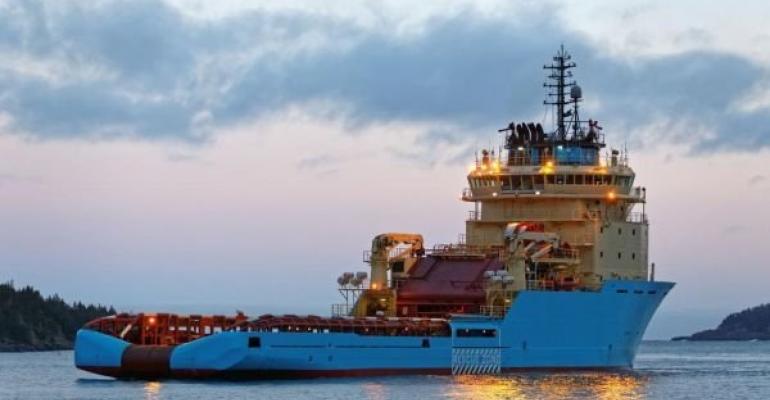Meade observed that while oil prices have stabilised at $60-65 per barrel and OSV utilisation rates have started to increase – except in Southeast Asia – the oversupply situation is nowhere optimistic.
“I reckon another five years from now to clear out (the oversupply) before you start to see another cycle of newbuildings,” Meade told Seatrade Maritime News.
“There’s still a very huge overhang in China – ghost ships in the shipyards, about 600 of them. And they will come out,” he said.
In Asia, there are 394 OSVs on cold lay-up, with the Southeast Asia region hosting 352 units.
“Day rates in Southeast have not started to increase purely because of the oversupply situation,” Meade said.
Last year in Asia-Pacific, utilisation for AHTS has hovered between 48-58%, while PSV utilisation hovered between 46-53%, according to M3 research.
In Southeast Asia, 12,000-bhp AHTS term rates dropped from $16,000 a day in 2015 to $8,500 a day in 2018, while 5,000-bhp AHTS term rates declined from $6,000 to $4,000 in the same period. For PSVs with clear deck area of 1,000-1,200 square metres, term rates fell from $24,000 in 2015 to $7,500 in 2018, while PSVs with clear deck area of 500-750 square metres saw term rates decreased from $14,000 to $5,000 in the same period.
Read more: Offshore senses uptick in market but uncertainties remain
The prolonged downturn has also led to younger and quality vessels getting scrapped. Tidewater, for example, has sent five 3,000-dwt PSVs built during 1998-2001 at Vard and three 24,000-bhp AHTS built during 2005-2006 at Yantai Raffles to the scrap yard in India in March 2018.
For OSVs that were awarded a long term contract in 2018, those older than 15 years only accounted for less than 10%.
Looking forward, uncertainty remains as the industry heads to 2050 when the IMO strategy on reducing greenhouse gas emissions by 50% compared to 2008 will be implemented.
“We are also stepping into the area of technological disruption so we really don’t know what the industry is going to look like, say by 2050. Nobody knows what fuel will ships run on by 2050. Nobody knows what types of ships we are going to be building in the next cycle,” Meade said.
Copyright © 2024. All rights reserved. Seatrade, a trading name of Informa Markets (UK) Limited. Add Seatrade Maritime News to your Google News feed.


